The Skincare Industry is Full of Facts and Fictions—Here’s How To Tell The Difference
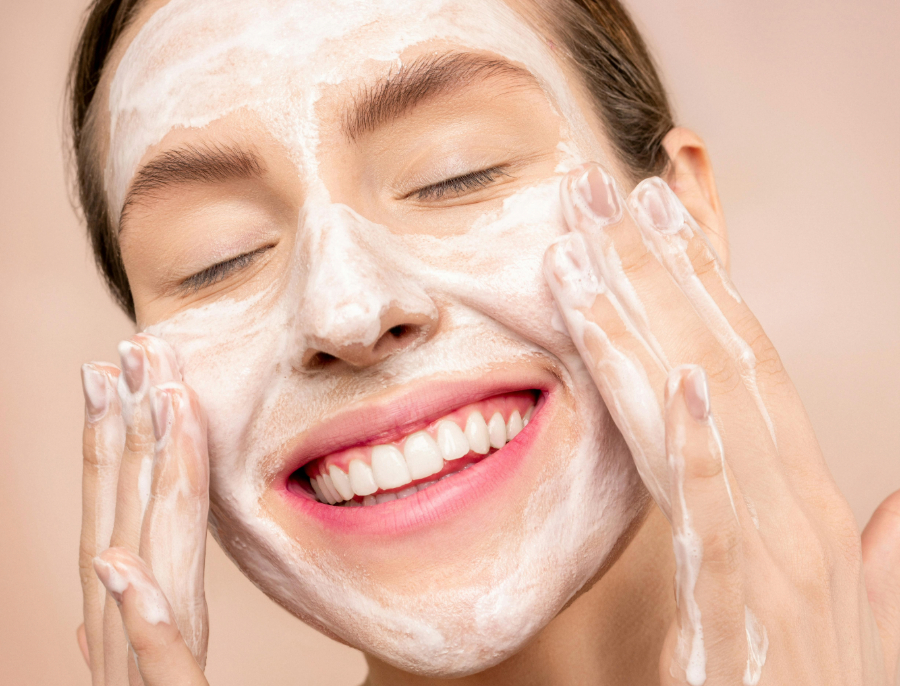
Scrolling through social media can feel like running an obstacle course of advice—and the skincare community is no exception. It can be overwhelming—one creator swears by slugging, another shouts about chlorophyll drops, and a third claims red-light shields will change your life. It’s no wonder most of us can’t tell the real science from slick marketing.
If you’re tired of sorting through that noise, Breaking Beauty has a refresher you need. Hosts Jill Dunn and Carlene Higgins invite Manhattan dermatologist Dr. Shereene Idriss to weigh in on the biggest skincare myths making the rounds—and to share what works, and what doesn’t.
In a candid chat, Dunn promises “some skincare truth bombs” while Higgins keeps the questions grounded in the everyday concerns of real women. Idriss answers with clear, practical advice that anyone can easily follow. Make sure you can separate the myths from the facts before your next trip to Sephora.
Summer skin care isn’t one size fits all
Idriss refuses to accept the copy-and-paste routine so many of us follow. She reminds listeners that “you can really get away with minimizing your skincare routine in the summer.” This is because the humid heat means people “do not need to be layering a hydrating toner and a hydrating serum and a hydrating moisturizer” unless the person is “extremely dry as a human being.”
Sunscreen truths vs fear-based fiction
Sun care panic has spawned a thousand clickbait headlines, but Idriss offers a reality check. “Mineral sunscreens are not better, and chemical sunscreens are not toxic,” she says. She slams scare tactics that label chemical formulas as endocrine disasters, reminding us that lab tests used “an amount bigger than the size of this room for a tiny little being.”
“The dose at the end of the day is what makes the poison,” Idriss advises. Put simply, just pick the sunscreen you’ll actually wear every day, because protection beats perfectionism.
Ingredient labels that mean jack squat
Ever grabbed a bottle because the label screamed “hypoallergenic,” only to flare up like a tomato seconds after you slather it on your face? “Hypoallergenic means nothing,” Idriss reminds listeners, because everyone’s allergies differ and the term has “no standardized definition.”
She’s equally ruthless about another feel-good claim, asking, “Nontoxic…like, what? You’re selling me toxicity in a bottle?” Her larger point is clear: “Natural does not mean better,” because poison ivy is natural, too. If you really want to know what’s good for you and what isn’t, flip every bottle around, read the complete INCI list, and remember that good science beats good vibes.
Social media trends to skip
The hosts can’t resist asking about the “caveman” trend, where devotees brag about never washing their faces. Idriss laughs, “We do not live in caves,” and sums up her philosophy in seven words that could save your skin. “I believe in moderation, not elimination,” she notes.
So yes, cleanse—just don’t sandblast. She throws similar shade at over-marketed miracle ingredients, warning that “marketing can take you for a ride” and adding, “everything great was once new, but not everything new is great.” Verify before you buy, particularly when a brand builds its entire identity on one flashy aspect.
A smarter way to decode skincare products
Ready for your cheat sheet? Idriss hands it over in plain English. First, treat SPF like daily dental care—“something is better than nothing.” So pick a formula you love enough to reapply. Second, distrust blanket claims; if a label promises the moon, look for peer-reviewed studies, not just pretty packaging. Finally, match your climate, skin type, and budget, rather than chasing every trending serum. As Higgins jokes, there’s no point having a “one and a half year wait list” for Idriss’s office if you’re still sabotaging yourself at home.
The skincare aisle is loud, but the truth speaks clearly when you know where to listen. With these facts on lock, you can toss the skincare fiction—along with any product that promises miracles but delivers mediocrity—straight into the empties bin. Your wallet, your skin, and your peace of mind will thank you.




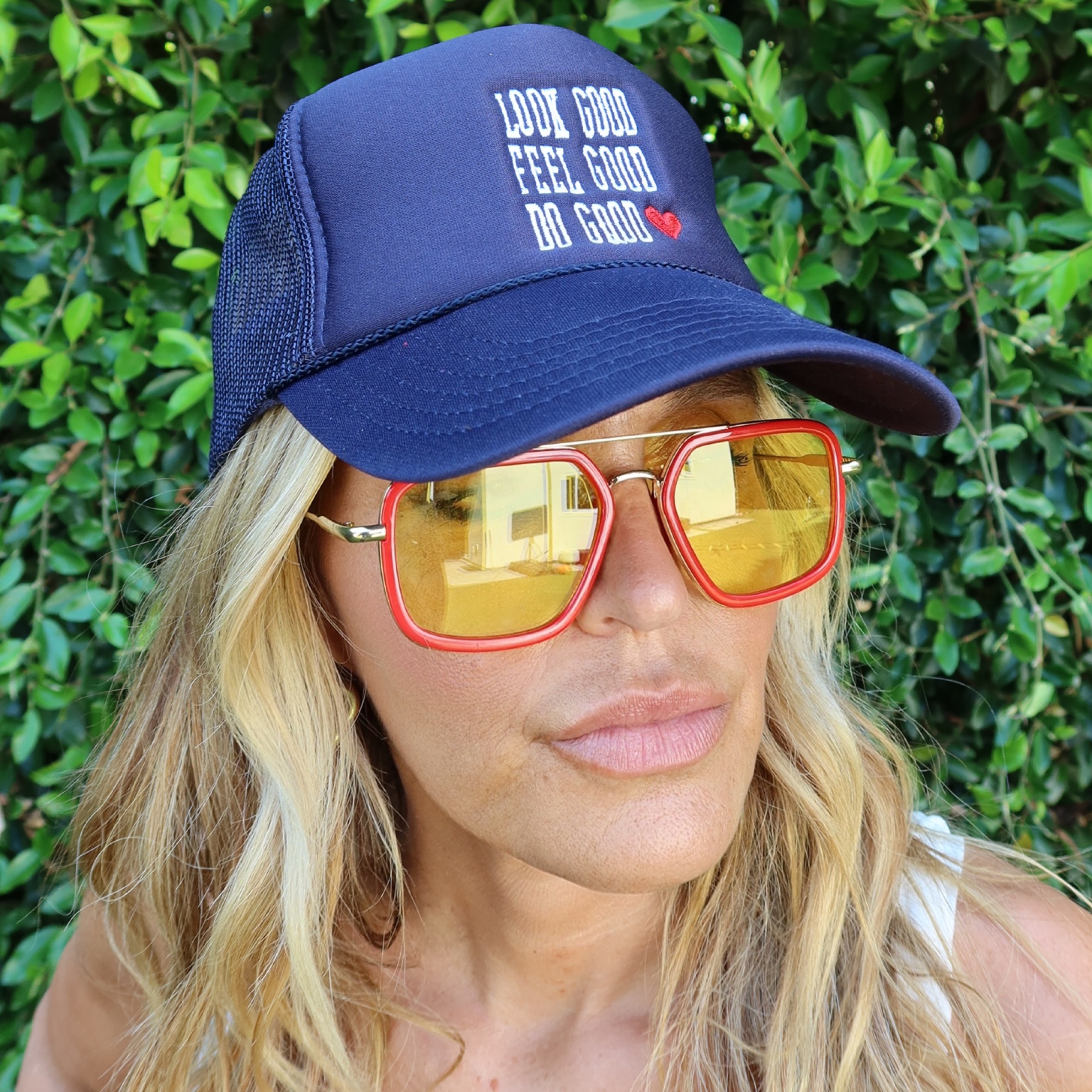

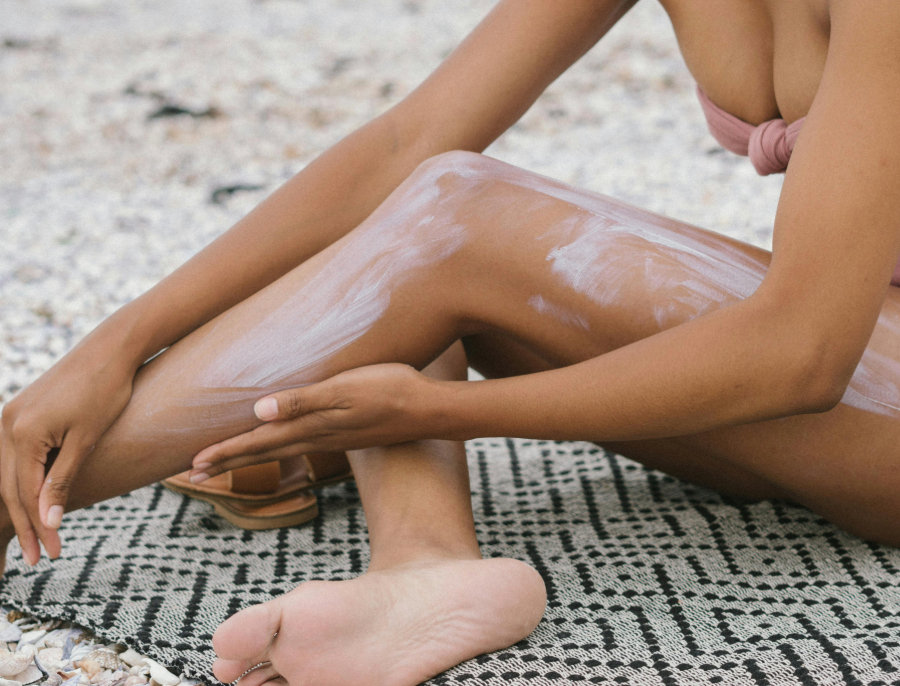

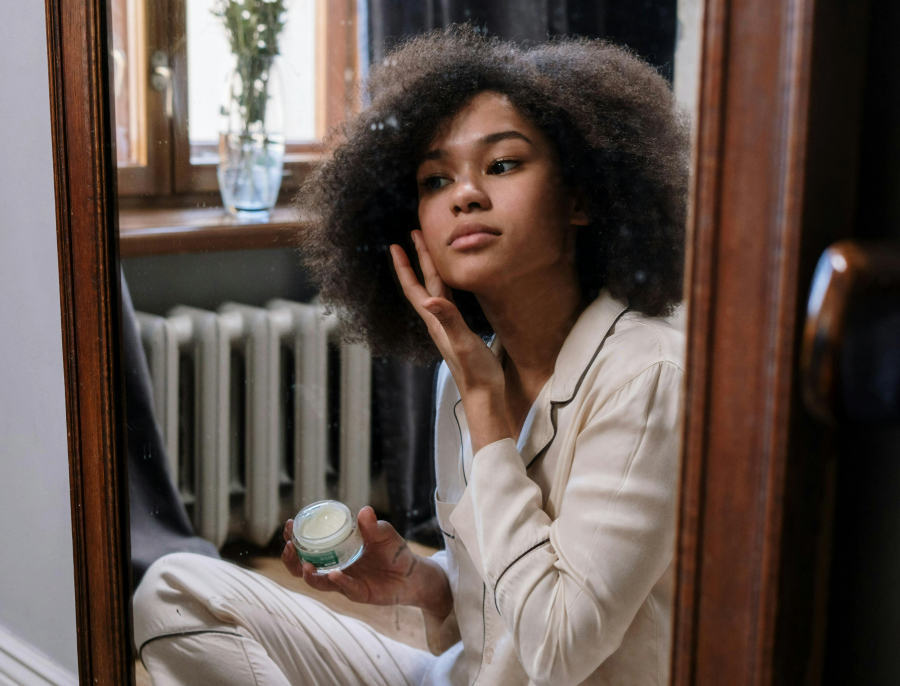
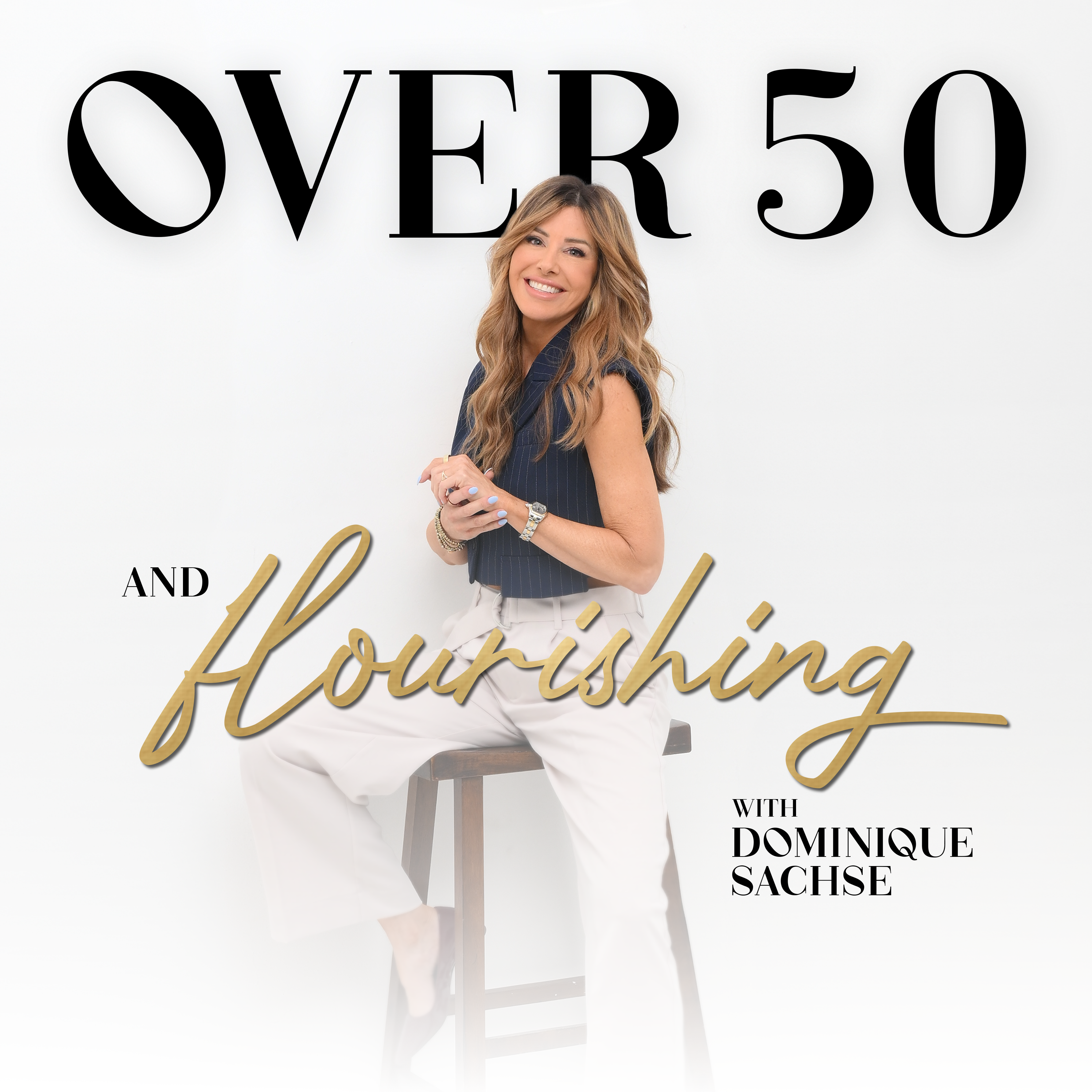
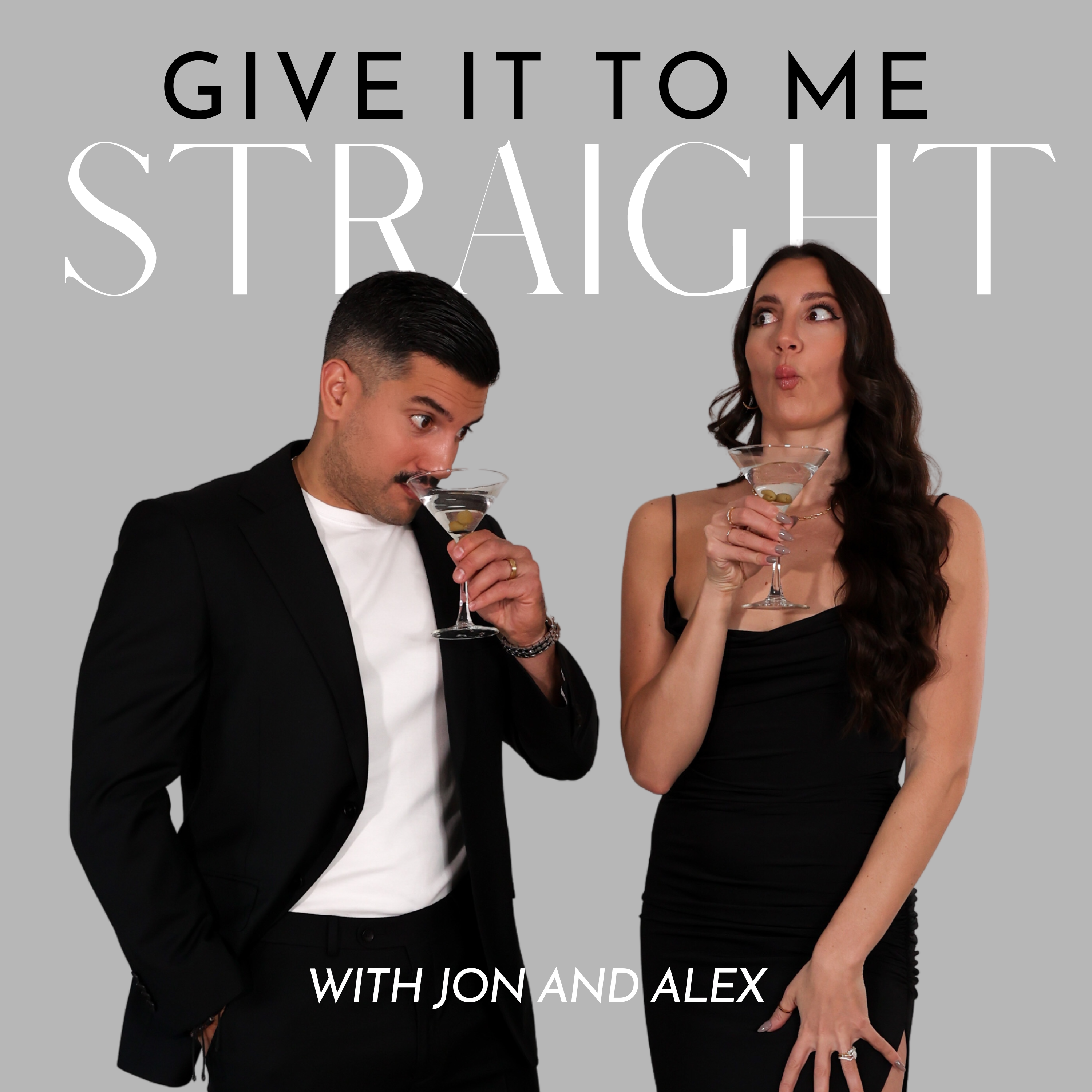
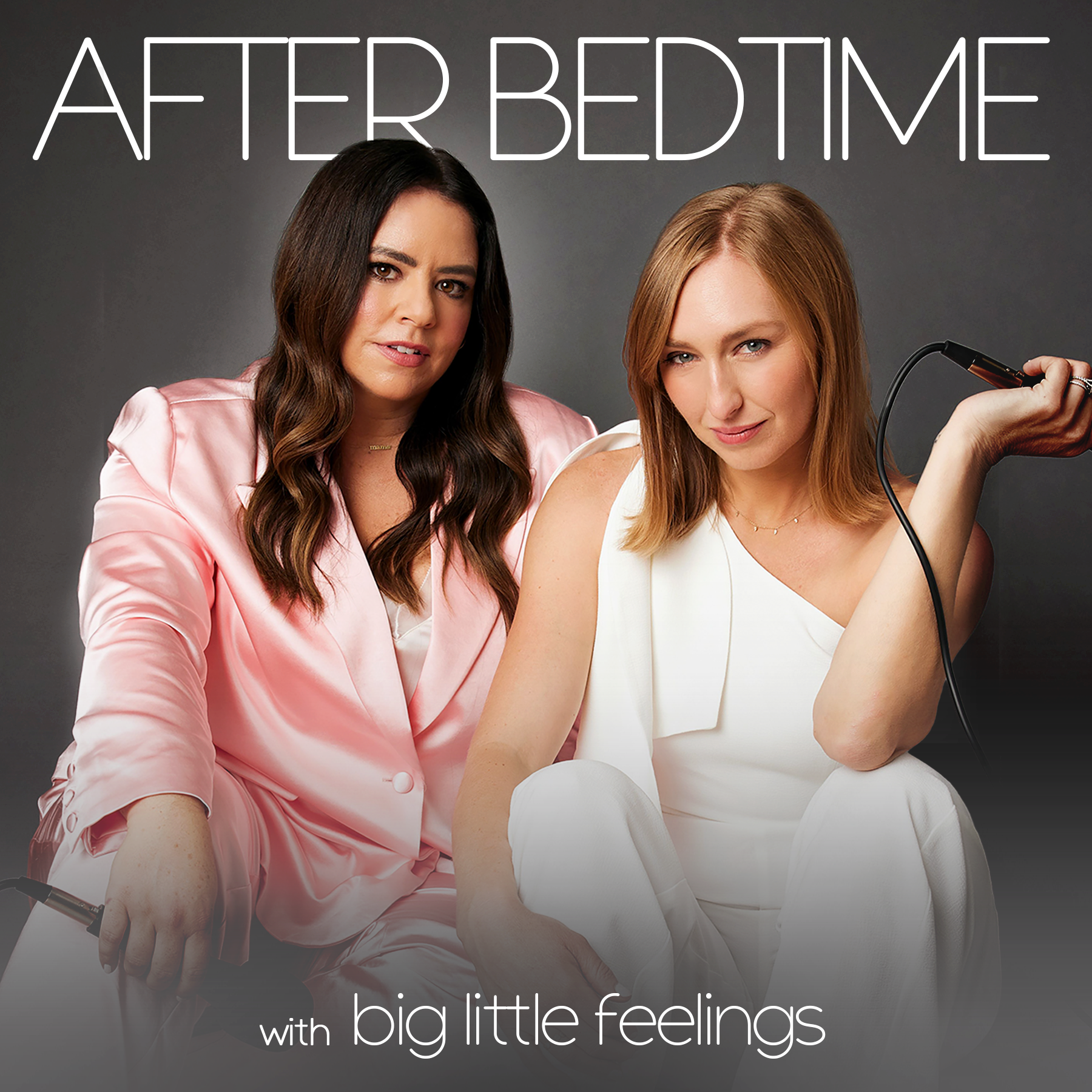

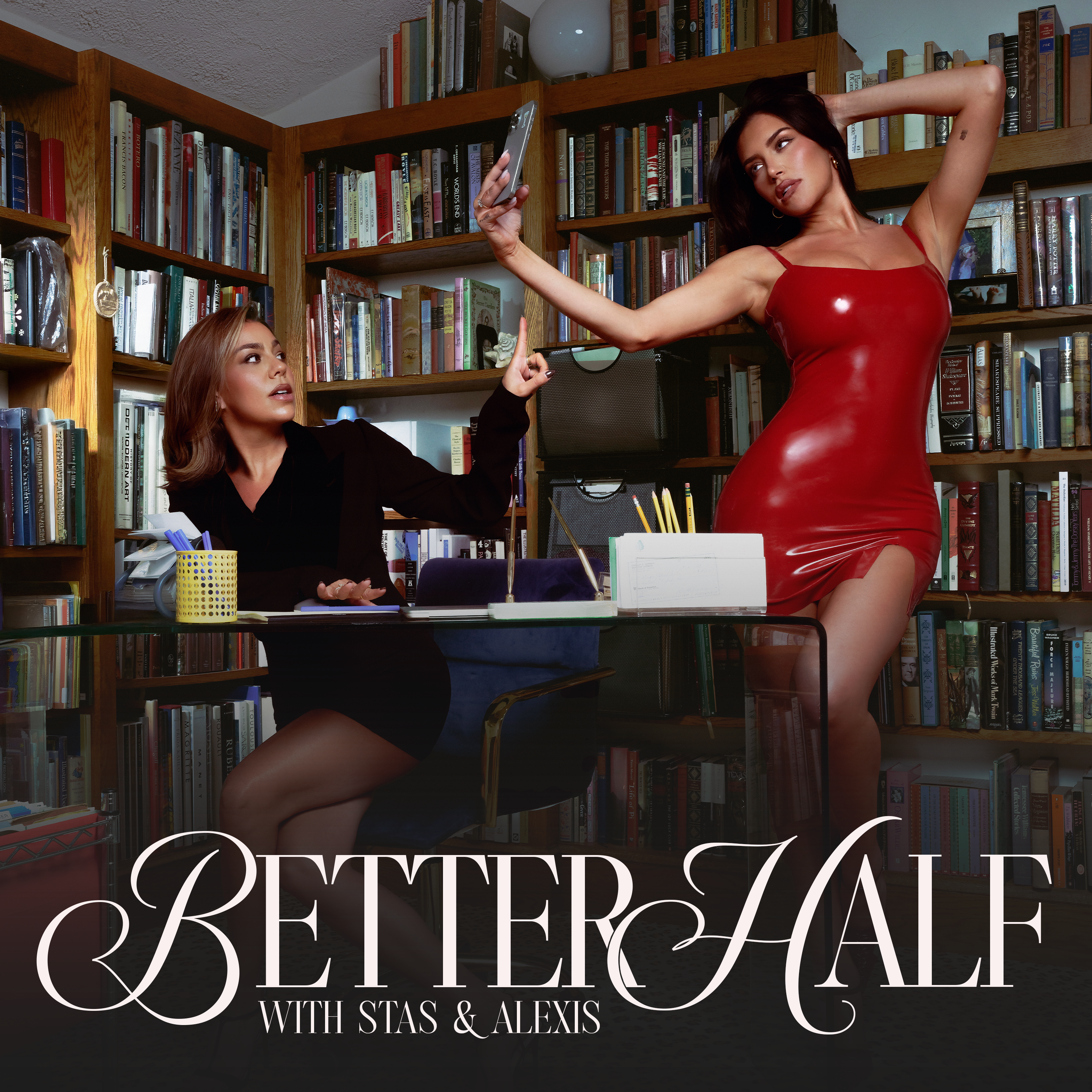
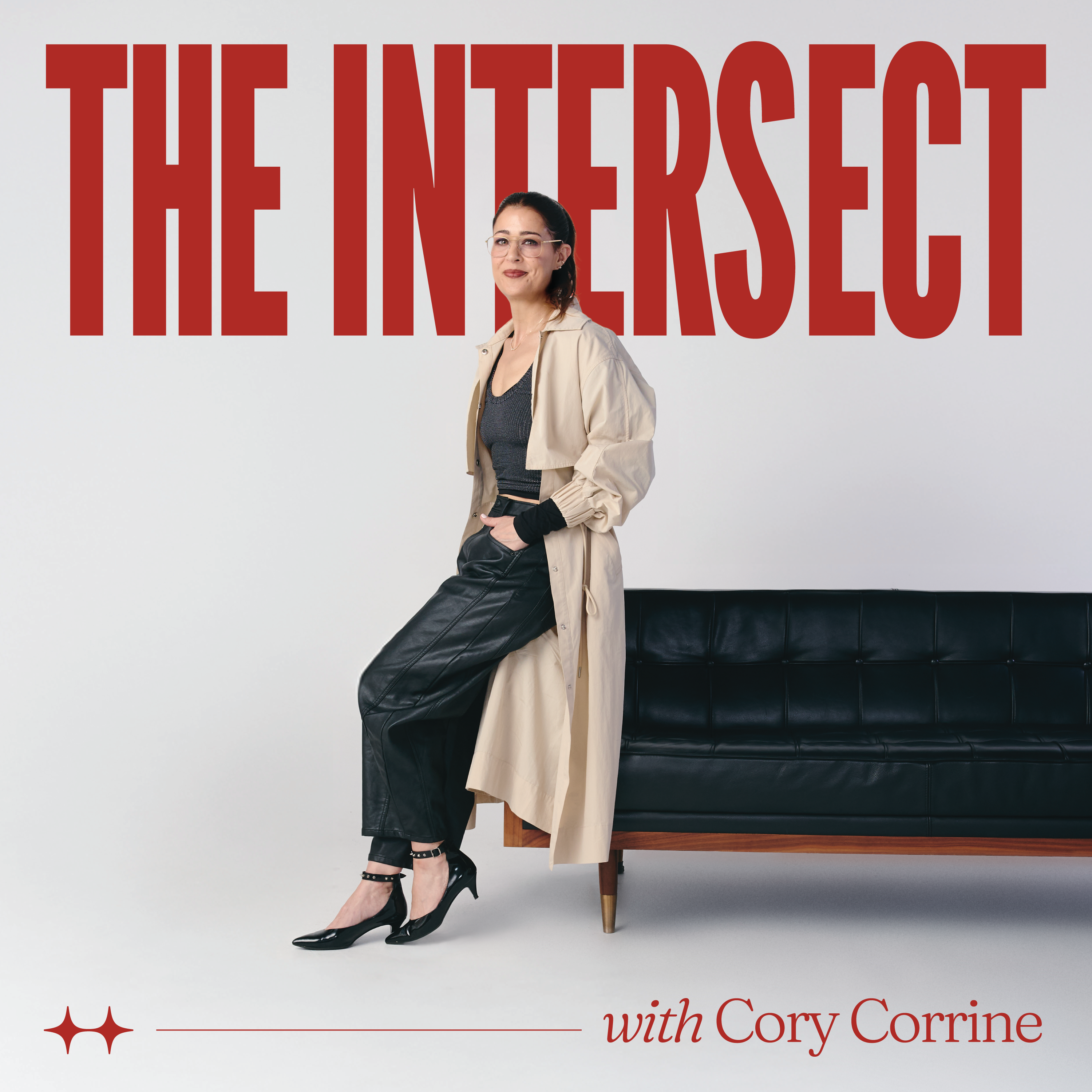
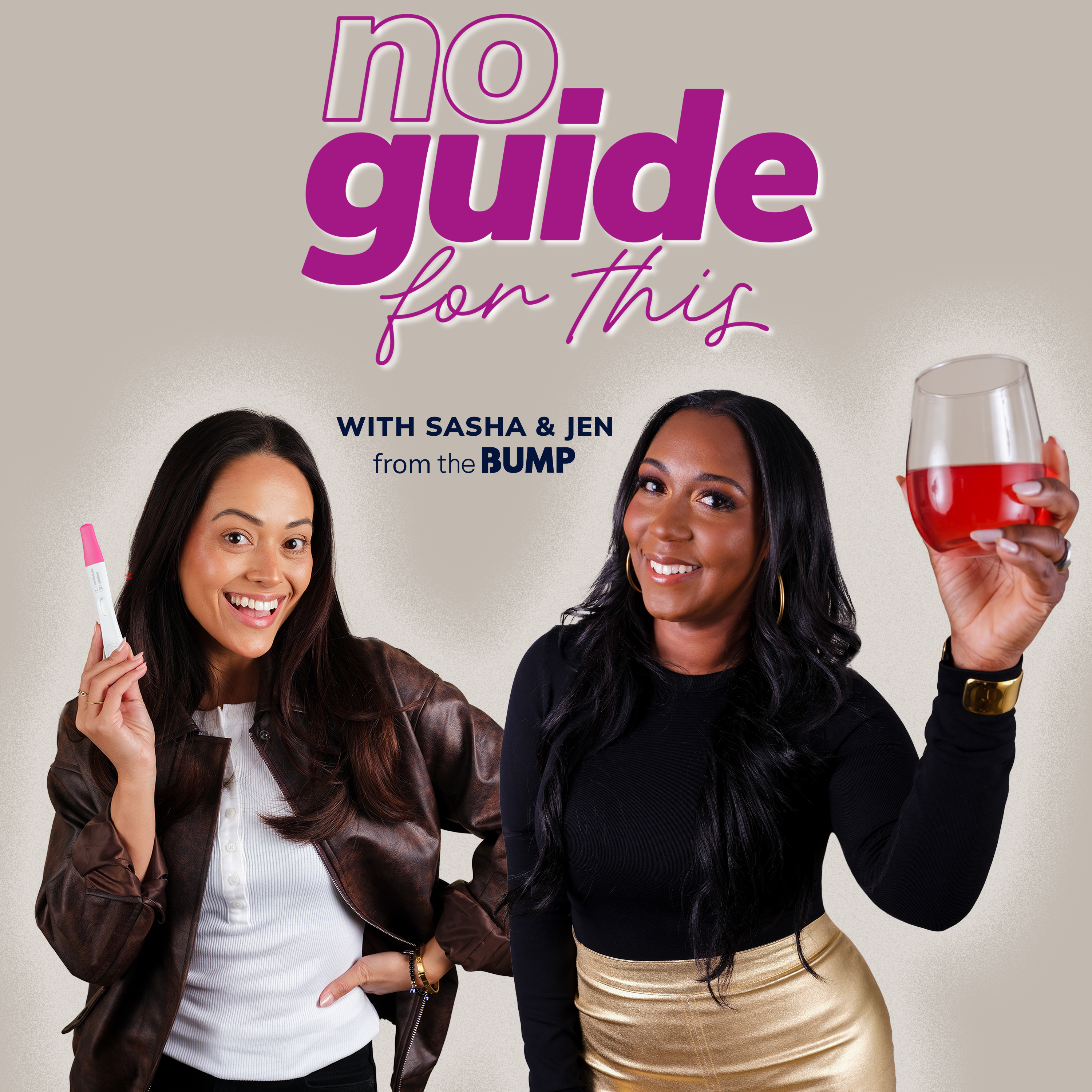

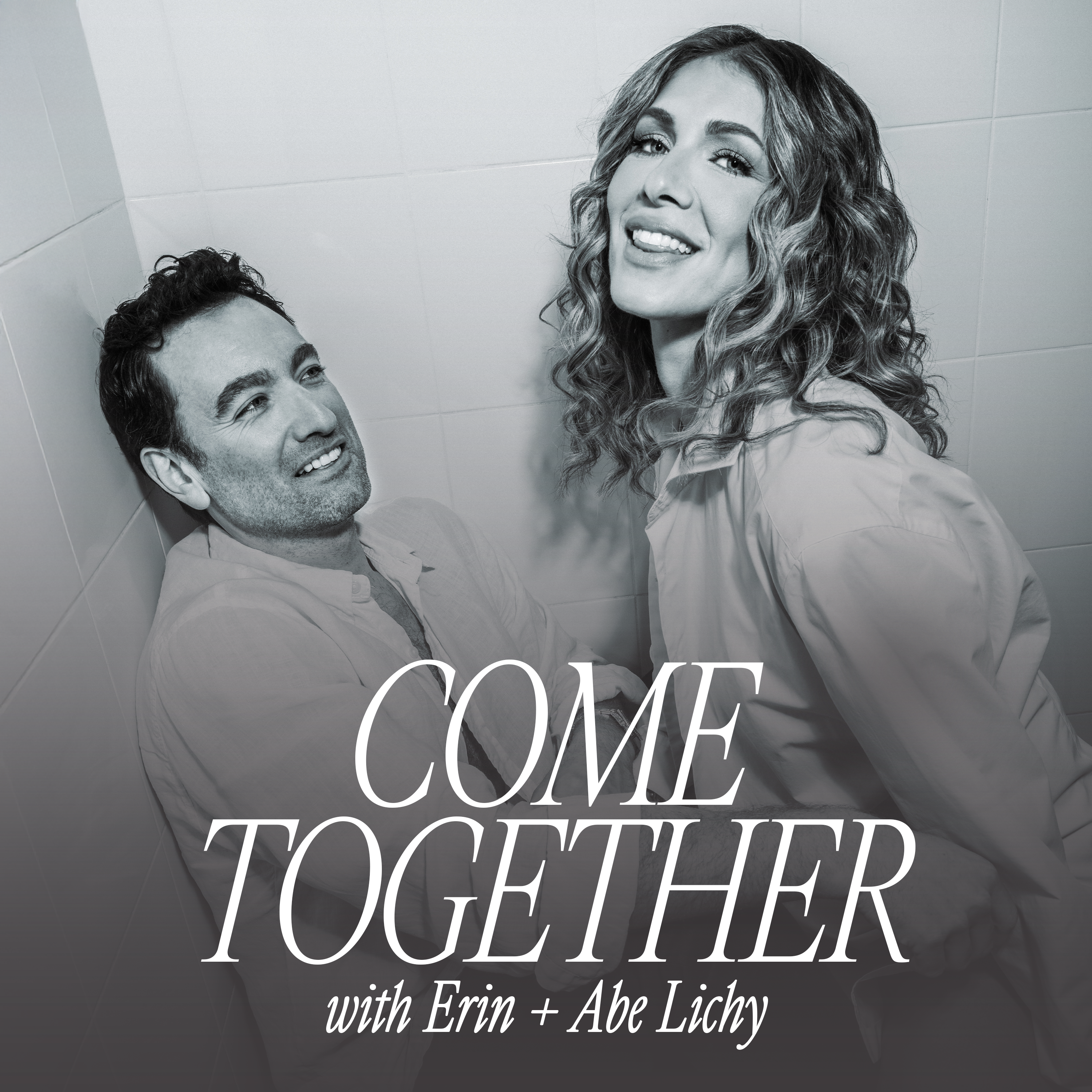
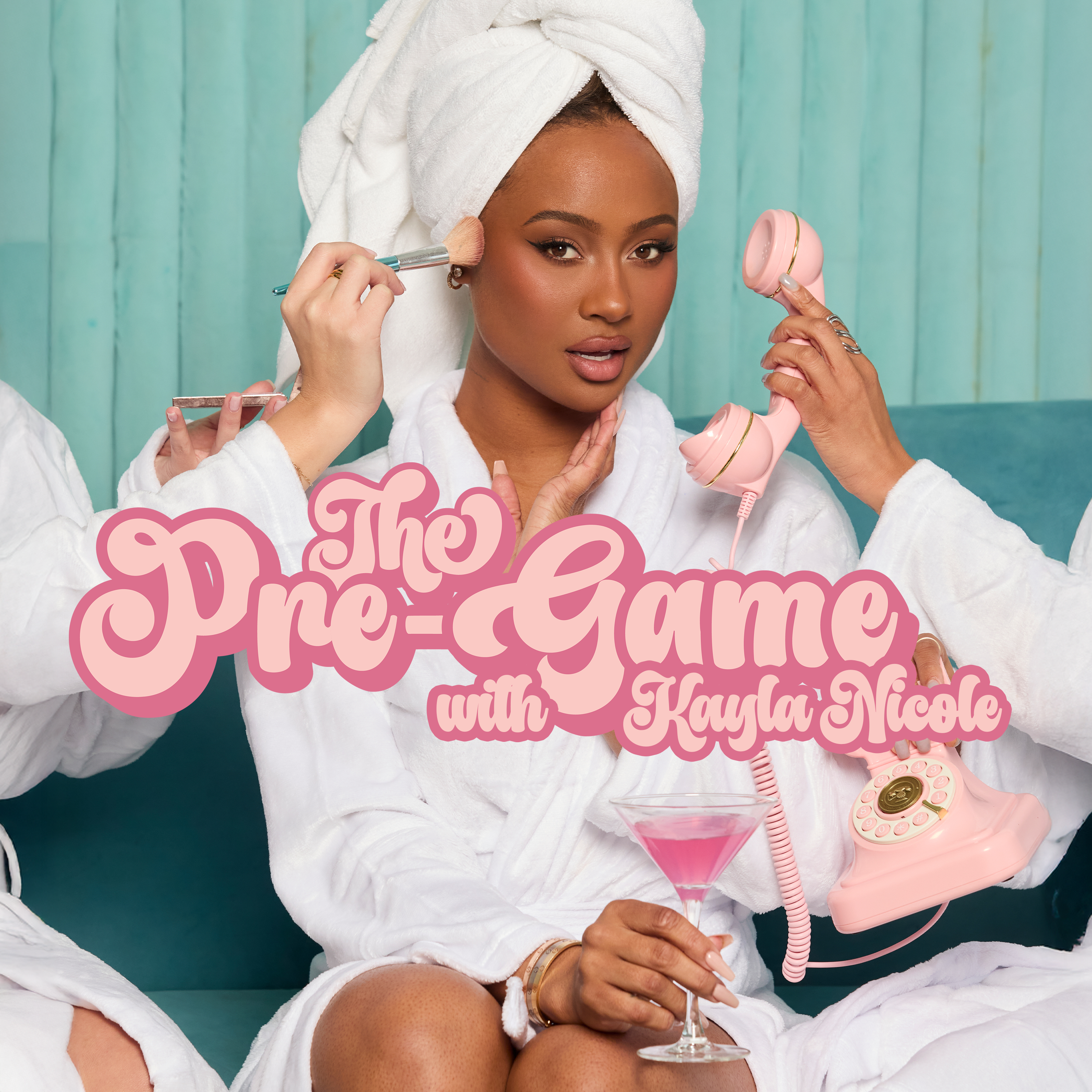

Leave a Reply